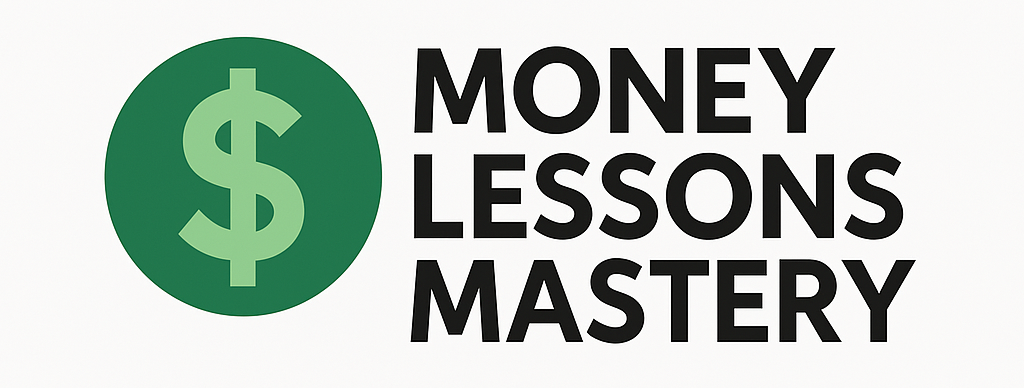Making wise financial choices starts with understanding the difference between what you need and what you want. While both are important parts of life, knowing how to prioritize your spending can help you stay on budget, avoid unnecessary debt, and reach your financial goals faster. Here are some practical tips to help you draw the line between needs and wants—and spend smarter every day.
1. Define Your Needs Clearly
Needs are the essentials you must have to live and work. These include housing, utilities, food, transportation, healthcare, and basic clothing. Before you make a purchase, ask yourself: “Do I need this to meet a basic life requirement?” If the answer is yes, it’s likely a need.
- Housing: Rent or mortgage payments to have a safe place to live
- Utilities: Water, electricity, heating, and internet (if required for work)
- Food: Groceries and basic household items
- Transportation: Fuel, bus fare, car maintenance—if it supports work or school
- Healthcare: Insurance premiums, prescriptions, regular medical visits
2. Recognize Your Wants
Wants are goods and services that improve your life, but you can live without them. Dining out, cable packages, designer clothing, and new gadgets typically fall into this category. That doesn’t mean you should never have them—it just means they shouldn’t come before your needs.
- Entertainment: Streaming subscriptions, concerts, sports events
- Luxury goods: High-end fashion, latest tech gadgets
- Dining out: Coffee shops, restaurants, takeout
- Upgrades: A newer car you don’t truly need or home decor that isn’t urgent
3. Use the 50/30/20 Budget Rule
A smart way to manage spending is by following the 50/30/20 rule inspired by Senator Elizabeth Warren’s book, “All Your Worth.”
- 50% of your income should go to needs
- 30% of your income can be used for wants
- 20% of your income should go to savings and debt repayment
This rule helps you maintain balance and ensures your essentials are covered while still allowing for fun and future goals.
4. Practice Mindful Spending
Before each purchase, take a moment to consider whether it serves a true purpose in your life.
- Wait 24 hours: For non-essential purchases, give yourself a day to think it over
- Check your budget: Ask yourself if this fits into your monthly plan
- Compare alternatives: Look for more affordable options or see if there’s a free substitute
These small pauses can help you redirect money toward what really matters.
5. Align Spending With Your Goals
One way to evaluate needs vs. wants is to assess whether a purchase supports your short- and long-term goals.
- Savings goals: Is this expense delaying your emergency fund or retirement goals?
- Career plans: Will this support your growth or productivity?
- Debt repayment: Could this money be better used to pay off high-interest debt?
Spending with your goals in mind makes it easier to say no to impulse buys and yes to what truly benefits your future.
Final Thoughts
Understanding the difference between needs and wants is a simple but powerful step toward smarter spending. By consciously prioritizing essentials and being thoughtful with discretionary expenses, you can take control of your finances and make progress toward the things that matter most to you. Remember, it’s not about denying yourself joy—it’s about choosing where your money goes with confidence and purpose.
